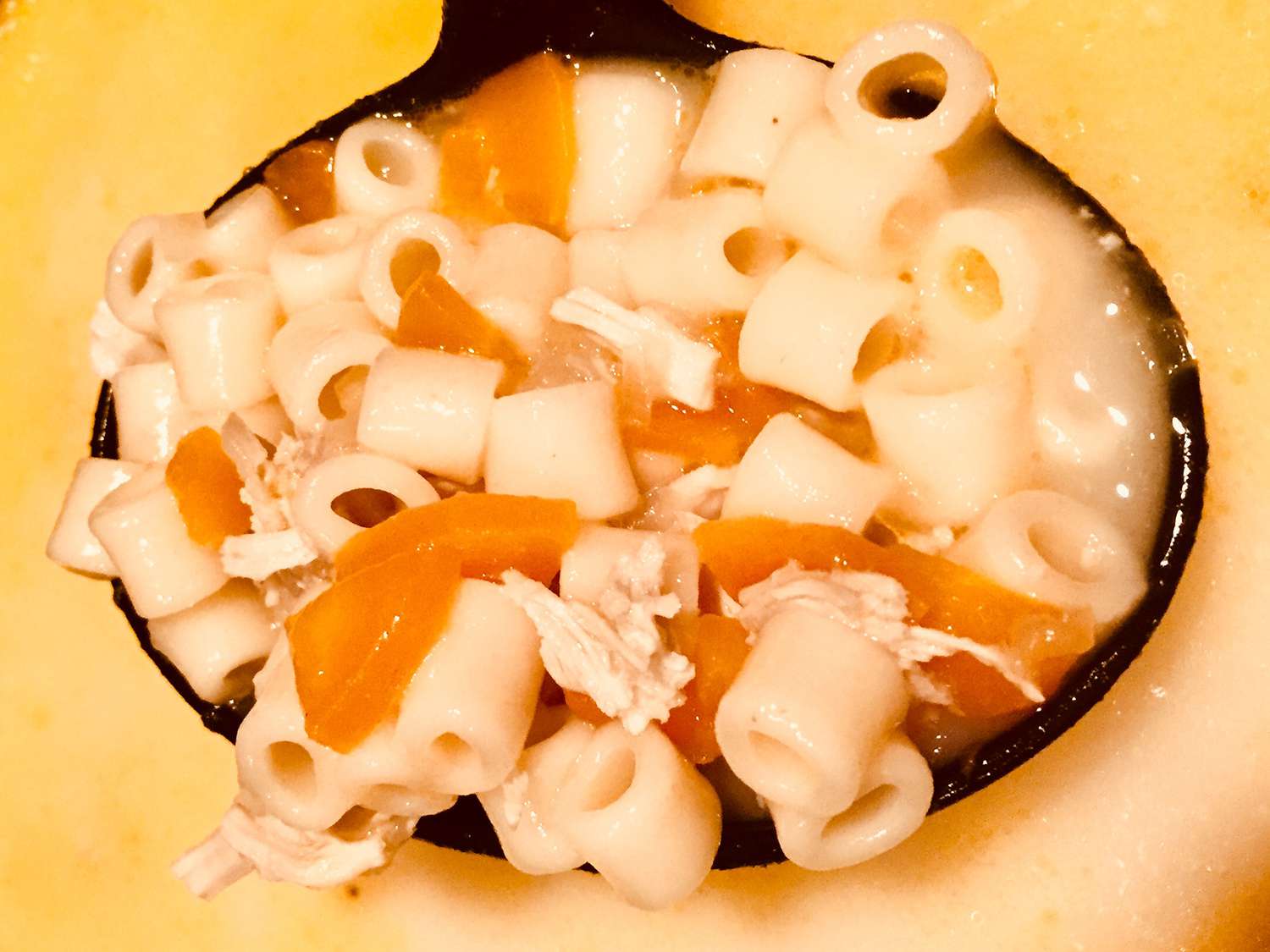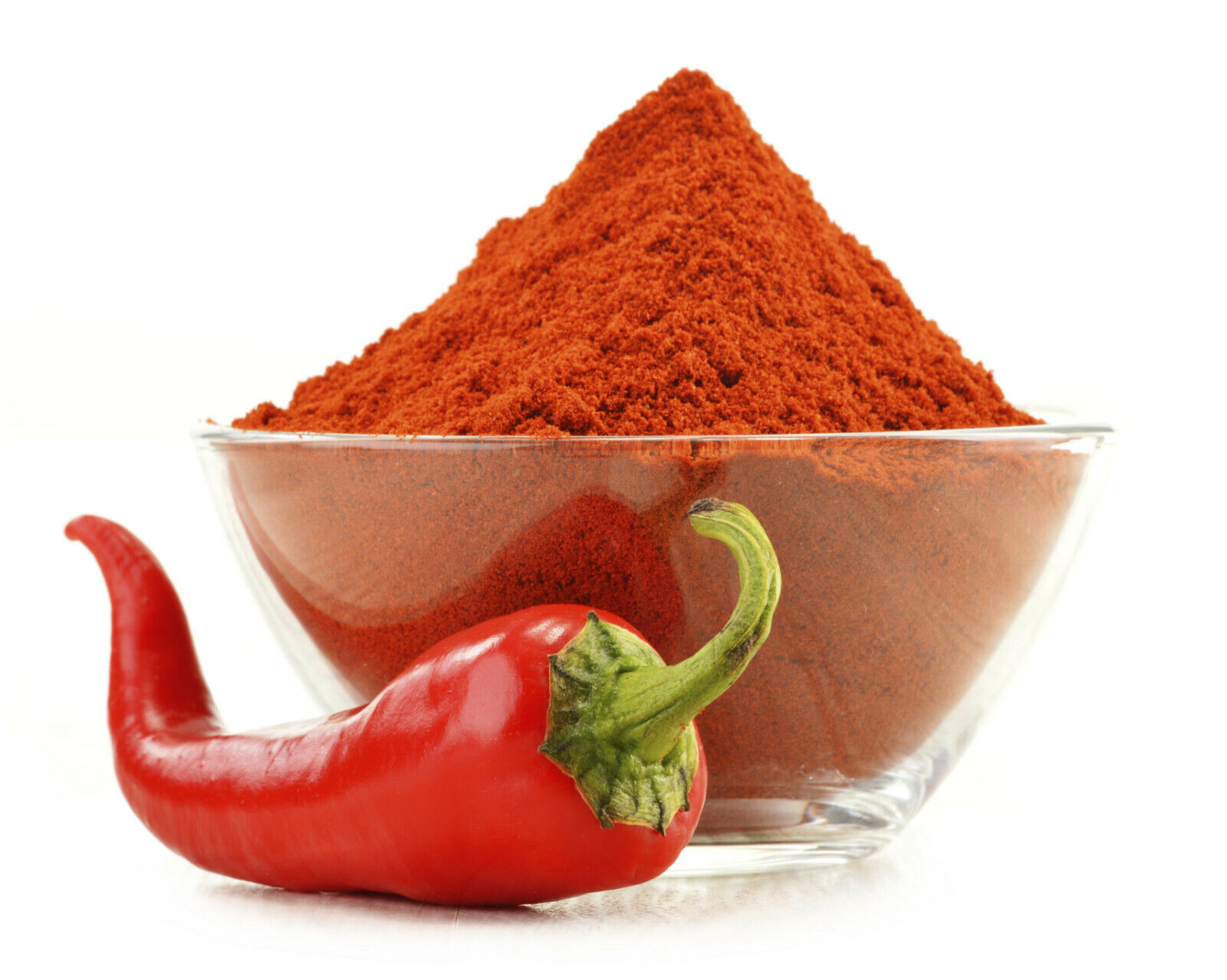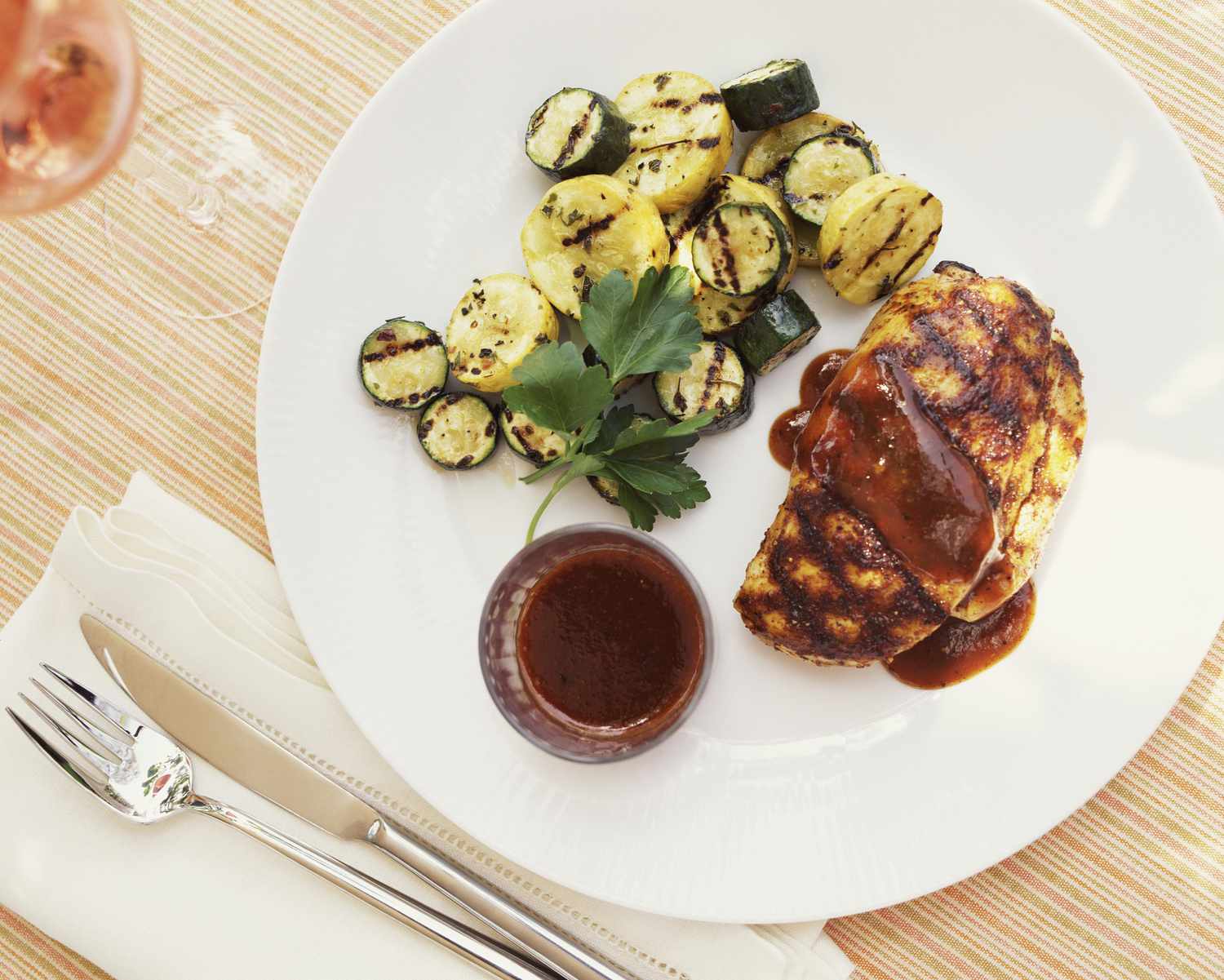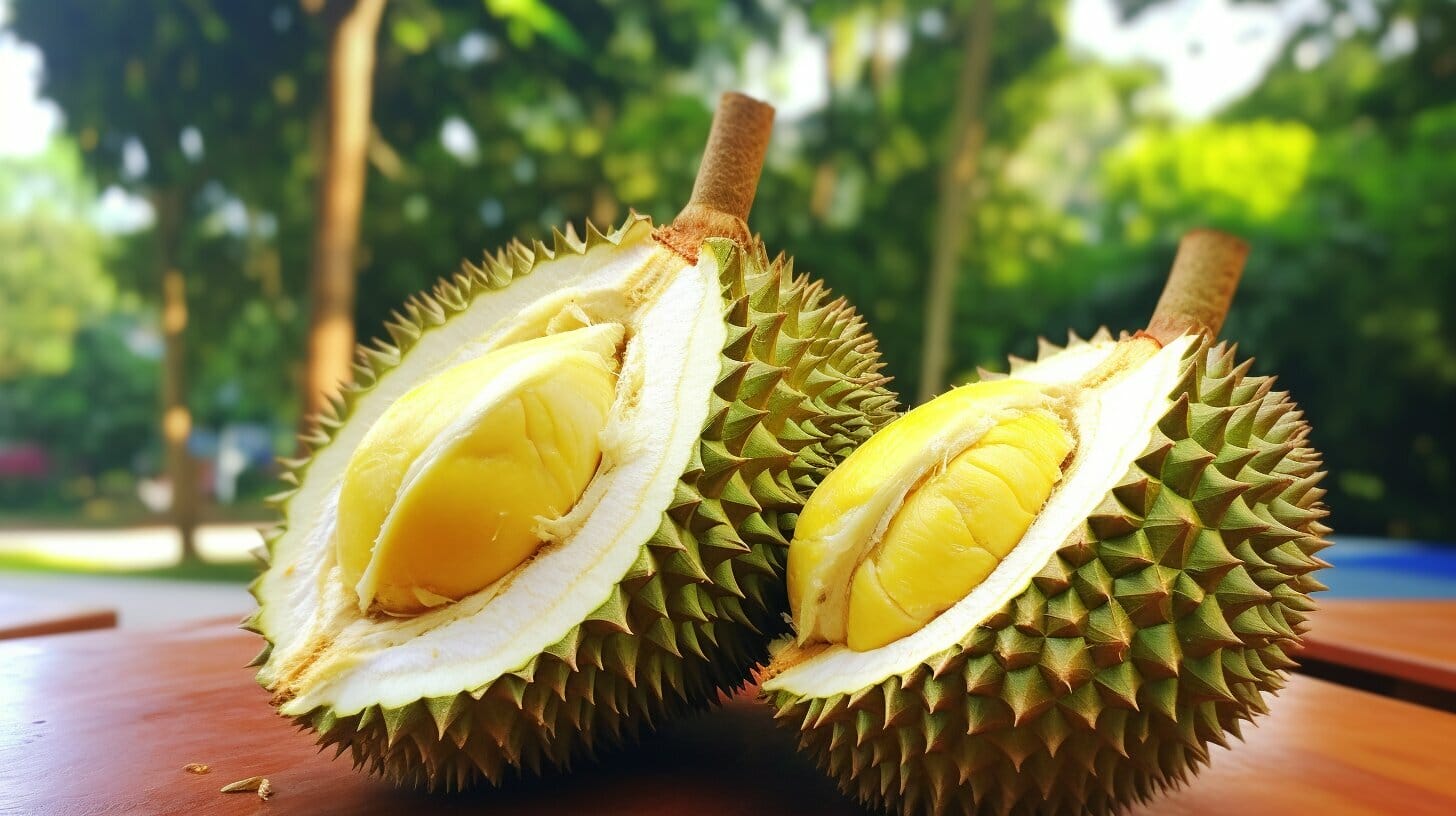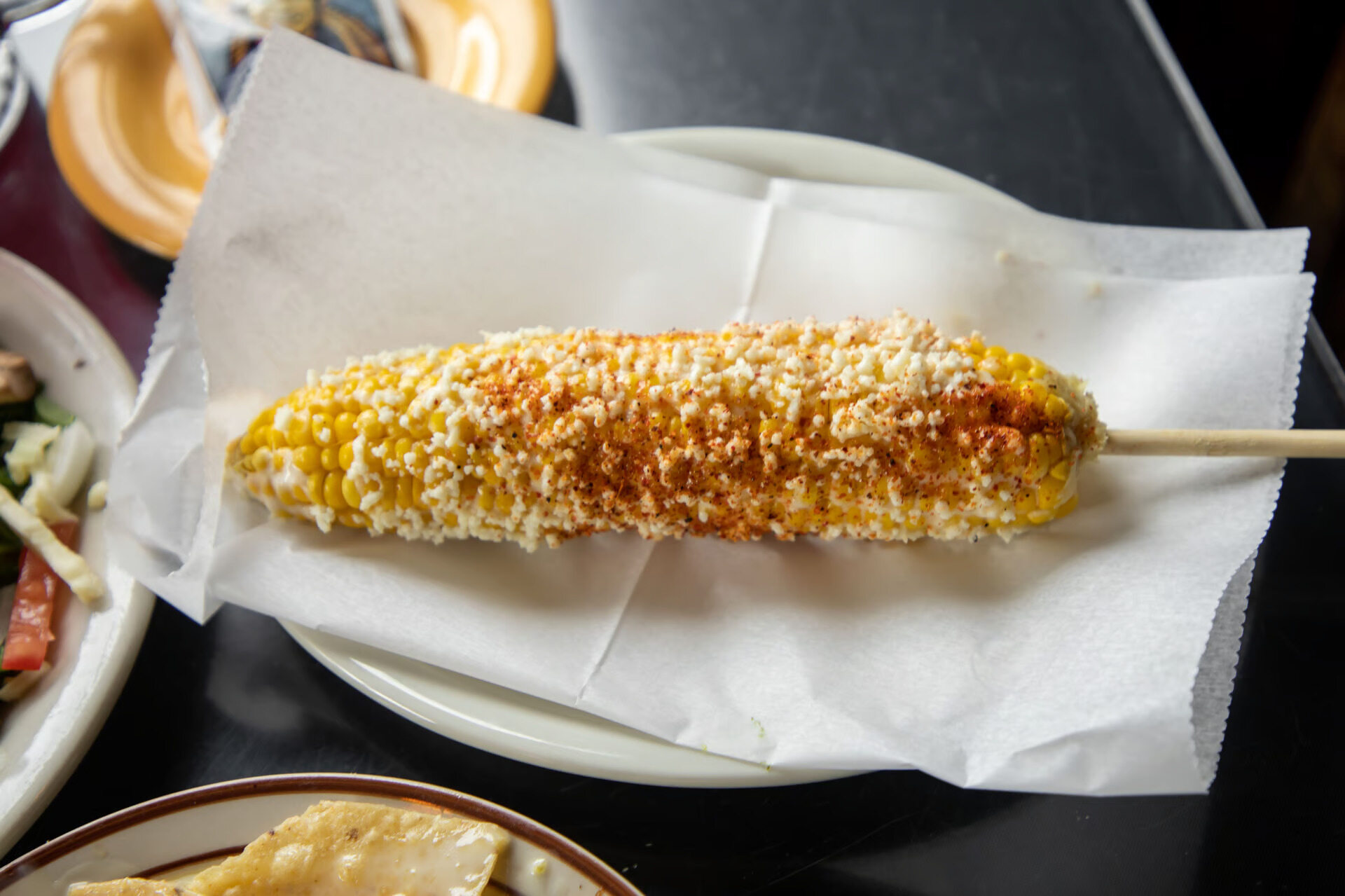Discovering the Delightful Delicacy of Eisbein
Have you ever heard of Eisbein? If not, you’re in for a treat! This traditional German dish is a true delight for food enthusiasts. Let’s dive into the world of Eisbein and uncover what makes it so special.
What is Eisbein?
Eisbein, also known as Schweinshaxe, is a German culinary specialty that consists of a roasted or boiled pork knuckle. This dish is beloved for its crispy, flavorful skin and tender, succulent meat. It’s a popular dish in German cuisine and is often enjoyed with a side of sauerkraut and potatoes.
The Preparation
Preparing Eisbein is an art form in itself. The pork knuckle is typically marinated in a blend of herbs and spices to enhance its flavor. It is then slow-cooked to perfection, allowing the meat to become tender while the skin crisps up to create a delightful contrast in texture.
Serving Eisbein
When it comes to serving Eisbein, it’s all about the accompaniments. This dish is often paired with tangy sauerkraut, which provides a refreshing contrast to the rich, savory flavors of the pork. Additionally, a side of potatoes or bread dumplings is commonly served to round out the meal.
Where to Enjoy Eisbein
If you’re eager to savor the authentic taste of Eisbein, look no further than traditional German beer gardens and restaurants. These establishments often take pride in preparing Eisbein according to time-honored recipes, ensuring that every bite is a true delight for the taste buds.
Why You Should Try Eisbein
So, why should you give Eisbein a try? Well, for starters, it’s a dish that embodies the rich culinary heritage of Germany. By indulging in Eisbein, you’re not just enjoying a meal – you’re immersing yourself in a cultural experience that has been cherished for generations.
Furthermore, the combination of crispy, flavorful skin and tender, juicy meat makes Eisbein a truly satisfying dish for anyone who appreciates the art of cooking. It’s a dish that celebrates the beauty of simplicity, allowing the natural flavors of the pork to shine through.
In Conclusion
Eisbein is more than just a pork knuckle – it’s a culinary masterpiece that has stood the test of time. Whether you’re a seasoned food enthusiast or someone looking to expand their palate, Eisbein is a dish that deserves a place on your list of must-try foods. So, the next time you have the opportunity to savor this German delicacy, don’t hesitate to dig in and experience the magic of Eisbein for yourself.
Was this page helpful?
Read Next: What Is In A Baja Blast


